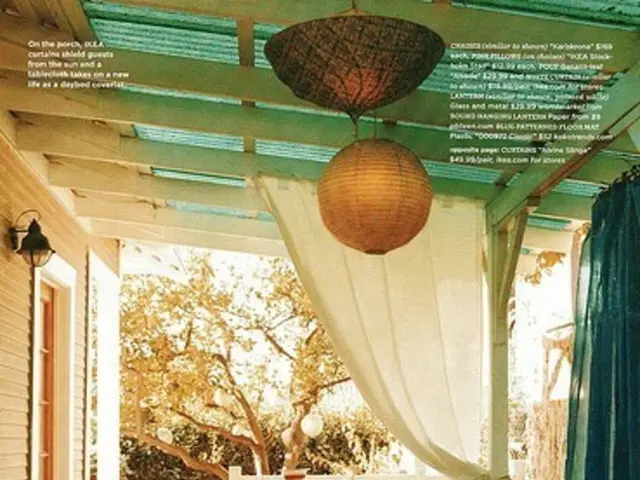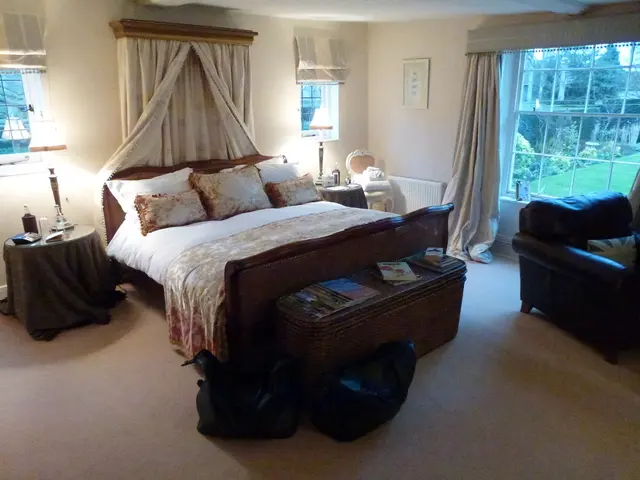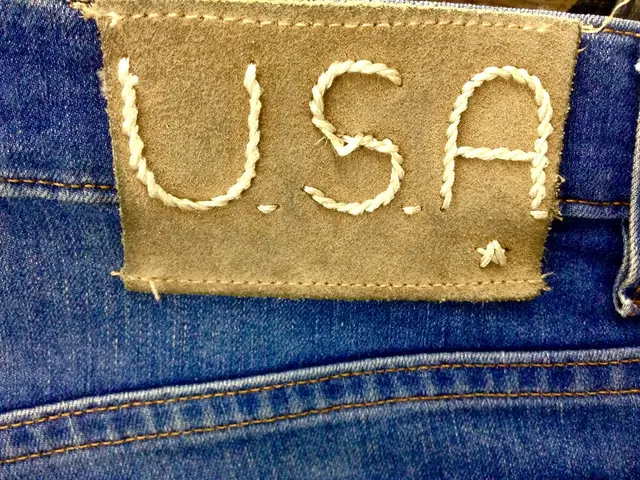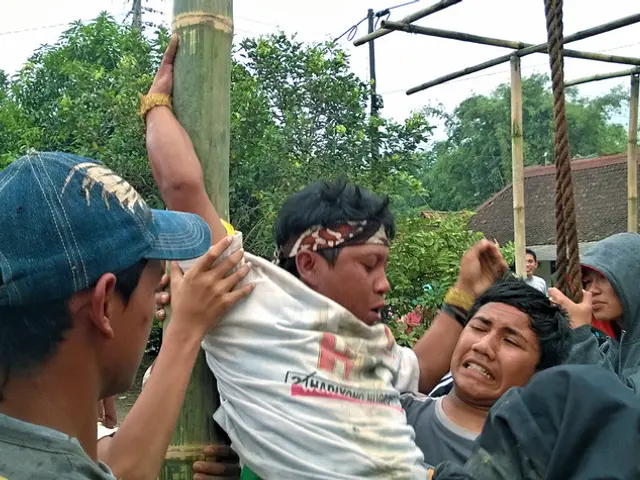Duration of Insulation and Indicators for Replacement: A Guide
Insulation plays a crucial role in maintaining energy efficiency, internal comfort, and keeping energy bills low in homes. The longevity of insulation depends on several factors, including the material's inherent properties, environmental conditions, and installation quality.
Three common types of insulation—PIR (Polyisocyanurate), mineral wool, and fibreglass—each have their unique characteristics and lifespans.
PIR (Polyisocyanurate) Insulation
PIR insulation is a popular choice for its energy efficiency and excellent thermal resistance. It is often used in commercial HVAC systems due to its fire performance. PIR insulation tends to maintain long-term thermal stability if not physically damaged and installed properly. Its rigid structure helps prevent distortion; however, its lifespan depends heavily on installation quality and environment.
Mineral Wool Insulation
Mineral wool insulation, including stone wool and glass wool, is known for its fire resistance and durability. It can last at least 65 years under ideal conditions, provided it remains dry and undisturbed. Mineral wool is dimensionally stable and resists sagging or settling, but can lose effectiveness if wet or compressed.
Fibreglass Insulation
Fibreglass insulation is a cost-effective option with good thermal resistance and soundproofing qualities. However, it is prone to aging, particularly where there's moisture and compression. Under optimal conditions, fibreglass insulation typically lasts around 20–30 years.
Factors Affecting Lifespan for All Types
The main threat to all insulation types is water ingress, which can promote mold, reduce thermal resistance, and cause degradation. Proper moisture control is crucial for the longevity of all insulation types.
Physical disturbance or compression, such as settling, sagging, or physical damage, also reduces insulation performance. Proper sealing, avoiding gaps, and correct placement ensure long-term effectiveness.
Environmental conditions, including fire safety requirements, exposure to sunlight (for exterior insulation), and mechanical stresses, influence durability.
In summary, mineral wool insulation tends to last longest (40-50+ years in suitable conditions), with PIR foam also offering long-term stability especially in rigid applications; fibreglass typically has a shorter lifespan of around 20-30 years due to susceptibility to moisture and compaction. The key determinant across all types is keeping the insulation dry, physically intact, and properly installed to maximize lifespan.
Regular checks for stains, mould, or mildew, as well as proper maintenance and ventilation, can help extend the life of all types of insulation. Replacing damaged areas and topping up insulation that has slumped is also essential to maintain the required level of insulation.
Correct product selection and proper installation are essential to reduce the aging effects of PIR insulation. Using foil-faced PIR insulation in places where there's a risk of moisture, and a correctly positioned vapour control barrier (VCL) can help control moisture penetration. Specialist products like Gapotape can ensure that the PIR board is sealed and tightly fitted, eliminating unwanted moisture and air movement.
Visible damage such as discolouration, holes, tears, or sagging in insulation material can indicate potential ageing problems. Increased energy bills can suggest reduced insulation efficiency. Regular checks and timely maintenance can help ensure that your insulation remains effective and prolong its lifespan.
- The longevity of PIR (Polyisocyanurate) insulation depends heavily on installation quality and environment, with its rigid structure helping prevent distortion but its lifespan being affected if not installed correctly.
- Mineral wool insulation, such as stone wool and glass wool, is known for its fire resistance and durability, and under ideal conditions, can last at least 65 years, provided it remains dry and undisturbed.
- Fibreglass insulation is a cost-effective option with good thermal resistance and soundproofing qualities, but it is prone to aging, particularly where there's moisture and compression, and under optimal conditions, fibreglass insulation typically lasts around 20–30 years.
- Proper moisture control is crucial for the longevity of all insulation types, as water ingress can promote mold, reduce thermal resistance, and cause degradation.
- Visible damage such as discolouration, holes, tears, or sagging in insulation material can indicate potential ageing problems, and increased energy bills can suggest reduced insulation efficiency.
- Regular checks for stains, mould, or mildew, as well as proper maintenance and ventilation, can help extend the life of all types of insulation and maintain the required level of insulation.
- Correct product selection, such as using foil-faced PIR insulation in places where there's a risk of moisture, and proper installation, including the use of specialist products like Gapotape, are essential to reduce the aging effects of PIR insulation and maximize its lifespan.




